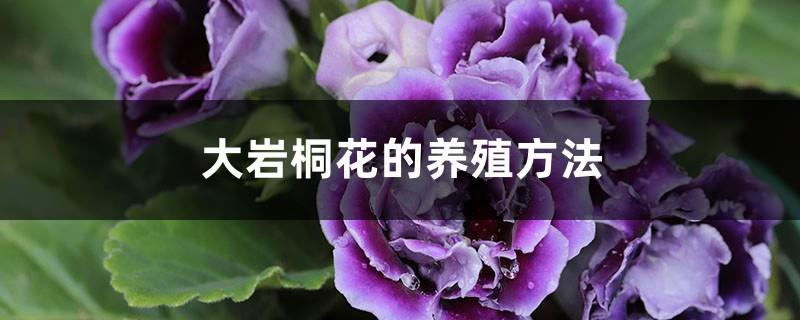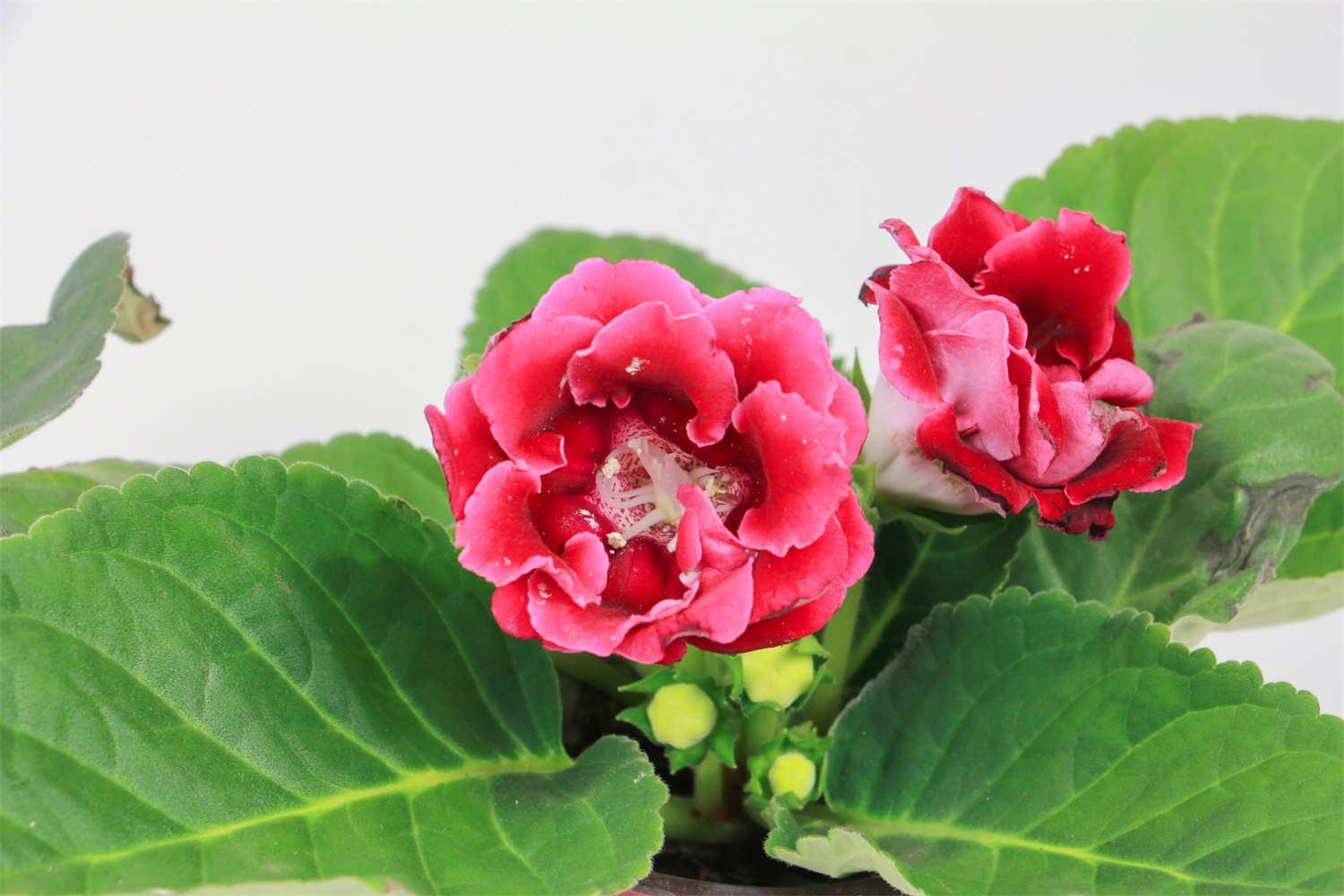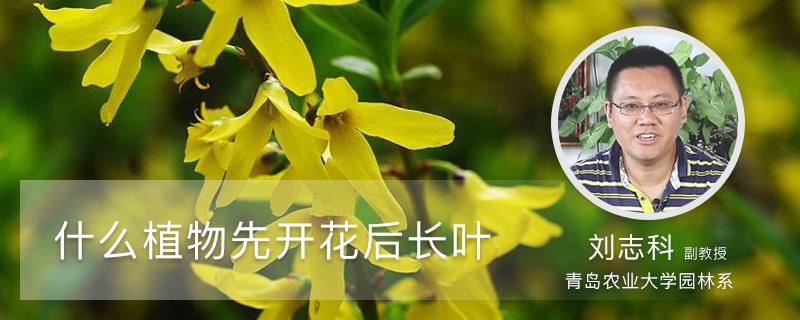How to grow gloxinia flowers
Last Update :2024.11.09
Article Catalog
Temperature: 18-25℃ from January to October, 10-12℃ from October to January. Lighting: Avoid direct sunlight, it is best to absorb scattered light. Watering: Water more when the temperature is high and ensure sufficient humidity. Soil: It needs to be cultivated in soil rich in humus and slightly acidic. Fertilization: Apply well-rotted thin organic liquid fertilizer every week before flowering. Be careful not to splash the leaves when watering.

Breeding method
Cultivation methods
Temperature
The growth temperature of Gloxinia has different requirements in different seasons. From January to October, it is 18-25℃, and from October to The temperature in January of the second year is 10-12°C. The suitable temperature can make the leaves grow lush and the flowers bright.
Lighting
Gloxinia prefers a semi-shady and warm environment. During breeding, attention should be paid to proper shading to avoid direct sunlight. It is best to absorb scattered light and continue to grow according to actual growth conditions. Adjustment.
Watering
Water the appropriate amount. Too much water can easily cause tuber rot, yellow leaves, and high temperatures in summer. Increase the frequency of watering appropriately and spray water mist around the plants frequently to maintain environment humidity.
Soil
Gloxinia prefers loose, fertile humus soil. Therefore, use humus-rich, loose, slightly acidic soil for cultivation.
Fertilization
Fertilizer should be applied to Gloxinia once a week from leaf expansion to flowering. It is best to use decomposed thin organic liquid fertilizer and apply thin cake fertilizer every 10 days or so. .
After the flower buds are formed, you need to apply more phosphate fertilizer, and you also need to apply an additional application of bone meal or calcium phosphate.

Notes
Avoid Leaves stained with water
The flowers and leaves of Gloxinia grow downy hairs, which are very easy to rot once exposed to water. Therefore, remember not to spray water on the flowers or leaves. It is best to use the soaking method for watering.
Control the temperature during the flowering period
Be careful to avoid rain during the flowering period, and the temperature should not be too high to extend the flowering period.
Do not contaminate the leaves when fertilizing
Do not contaminate the leaves when fertilizing. After each fertilization, spray clean water once to keep the leaf surface clean. But dry the leaves immediately after cleaning to prevent rot.

Precautions
- END -
Which plant blooms first and then leaves?

For example, the common forsythia, jasmine, and wintersweet we usually see are pla...
What are the farming methods and precautions for Spathiphyllum

Lighting: Place it in full sunlight in spring and autumn. Shade it appropriately i...